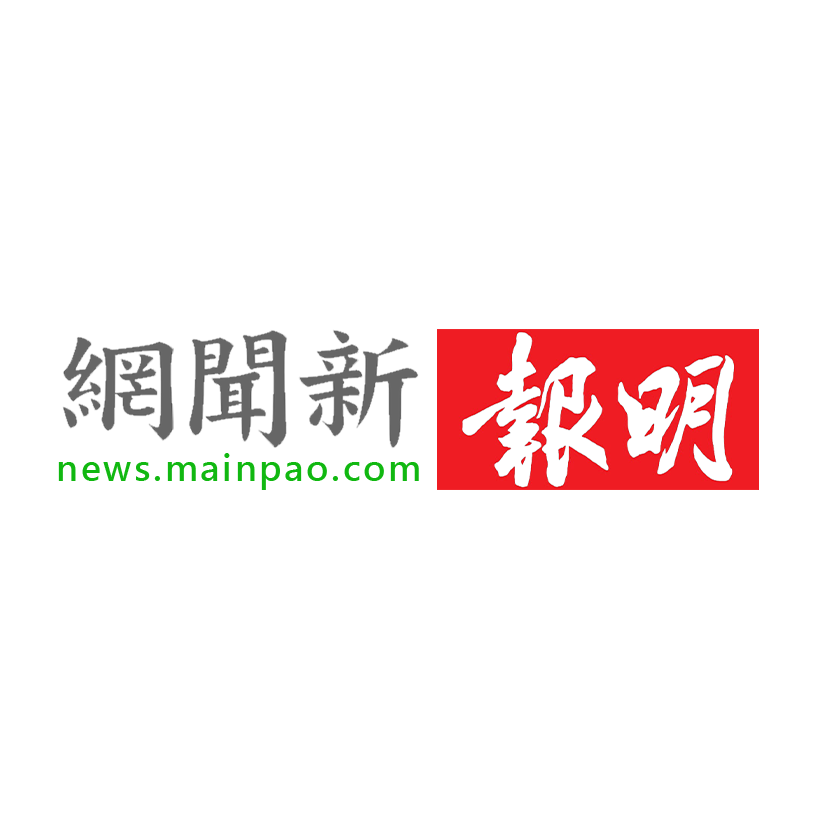觀點
Emil Avdaliani:Ahistorical Development: Growing Alignment Between Russia and Iran

【明報文章】In December 2023, Iran’s President Ebrahim Raisi led a delegation to Moscow, engaging in key discussions with Russian officials. Among the topics was the war in Gaza, with Iran eager to leverage the perceived growing distance between Russia and Israel to its advantage. Later that month, both sides signed a historic agreement – long-delayed free trade agreement between the Islamic Republic and Moscow-led Eurasian Economic Union (EAEU).
A critical item of the bilateral talks was the finalization of a comprehensive Iran-Russia agreement, potentially covering military, economic, and diplomatic cooperation. This moment is pivotal, reminiscent of the late 16th century de-facto alliance between Muscovy and Safavid Iran against the Ottoman Empire. Despite Iranian mistrust towards Russia, perceptions have shifted since the Soviet Union’s fall in 1991. If before 2022 reservations remained strong with Russia abstaining from arming or supporting Iran diplomatically, after the outbreak of the war in Ukraine, when Western sanctions pushed Russia to pivot its trade and investments from Europe to Asia, Russia’s role as an arms and potentially nuclear technology supplier to Iran has intensified.
Iran, sharing Russia’s isolation by Western powers, finds synergy in opposing Western dominance and circumventing sanctions. Iran’s strengthened position, amidst Russia’s prolonged war in Ukraine, helped to advance several long-delayed projects in infrastructure as well as military and economic realms.
For instance, in 2022, Russia-Iran trade turnover increased by 20% to $4.9 billion, with further growth anticipated, while a year later the two sides pushed the interim Free Trade Agreement (FTA) into a formal free trade agreement between Tehran and EAEU. The extensive trade is taking place primarily in rubles and rials (national currencies of Russia and Iran), with potential for a gold-backed joint cryptocurrency, which could mark a shift from the US dollar. In 2022, Russia was Iran’s largest foreign investor, particularly in oil projects. The Bushehr nuclear power plant and the Sirik thermal power plant are key joint ventures, although Iran has concerns over the slow pace of Russian investments.
Related to the expanding trade, there is also significant progress on the International North-South Transit Corridor (INSTC), which aims to connect the Persian Gulf, the Indian Ocean, and Russian ports in the coming years. Raisi’s visit to Moscow also reportedly resulted in agreements for Iran’s acquisition of sophisticated Russian military equipment.
Moreover, likewise notable are the two countries’ growing military and cyber cooperation. Emblematic of high-paced partnership is the latest information that the Islamic Republic developed a new attack drone planned to be sent to Russia and used against Ukraine. Tehran is also reportedly close to supplying Moscow with surface-to-surface missiles, while Russia is expected to provide Iran with newest figher jets.
This evolving partnership between Iran and Russia indicates a shift towards a more chaotic global system of international relations against the US-led order, and fitting into their ideas of “regionalism” covering the Middle East, Caucasus and the Caspian Sea. While not seeking a formal alliance, Moscow and Tehran value flexibility in the emerging multipolar world. Iran’s pragmatic policy includes diversifying relations, as seen in its rapprochement with Saudi Arabia, dealings with Russia, and even occasional diplomatic engagement with the EU and the US when it comes to the discussions on sanctions.
The two countries share disagreements, but they increasingly tend to deconflict and show the resilience of their partnership. Both are also highly self-interested looking at the world through the prism of balance of power. Historical animosity still haunts their relations, and it is indeed unclear how long their close cooperation will be last if the animosity between the West and Russia ends.
Yet given the low likelihood of such a scenario, Tehran and Moscow believe in the long-term nature of their close relations. The two are motivated by larger questions such as aligning geo-strategically to diminish Western influence, re-shaping world order by accelerating the creation of the new Eurasian order where the Western conception of state-to-state relations will no longer be prevalent.
The Russo-Iranian alignment, paralleling Moscow’s ties with other Eurasian and middle East powers, signifies a major shift in global dynamics. The ongoing conflict in Ukraine, the Sino-US competition, and China’s rising influence in the Middle East will likely further solidify cooperation between Tehran and Moscow.
Emil Avdaliani is a professor of international relations at European University in Tbilisi, Georgia.
[Emil Avdaliani]

